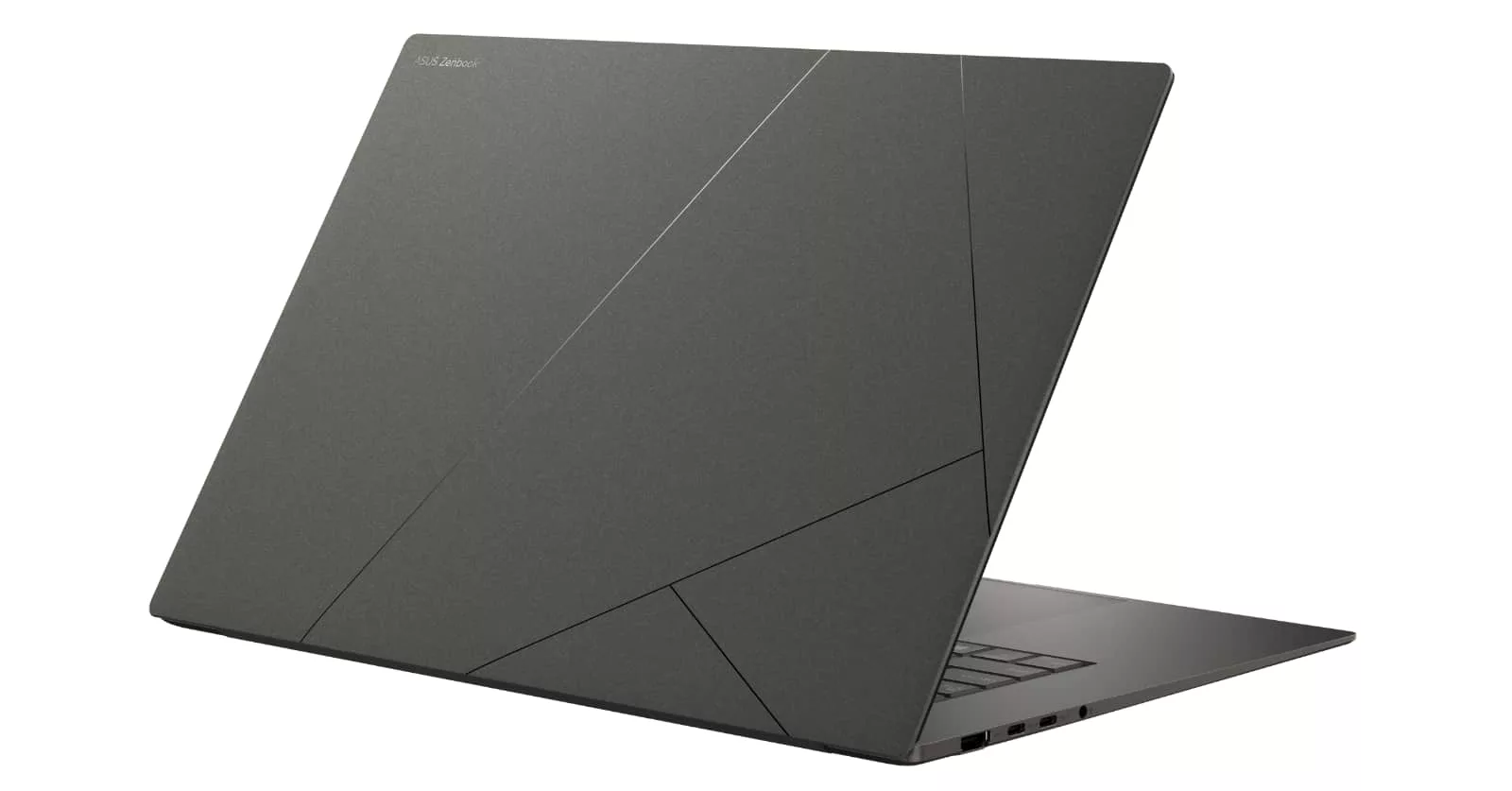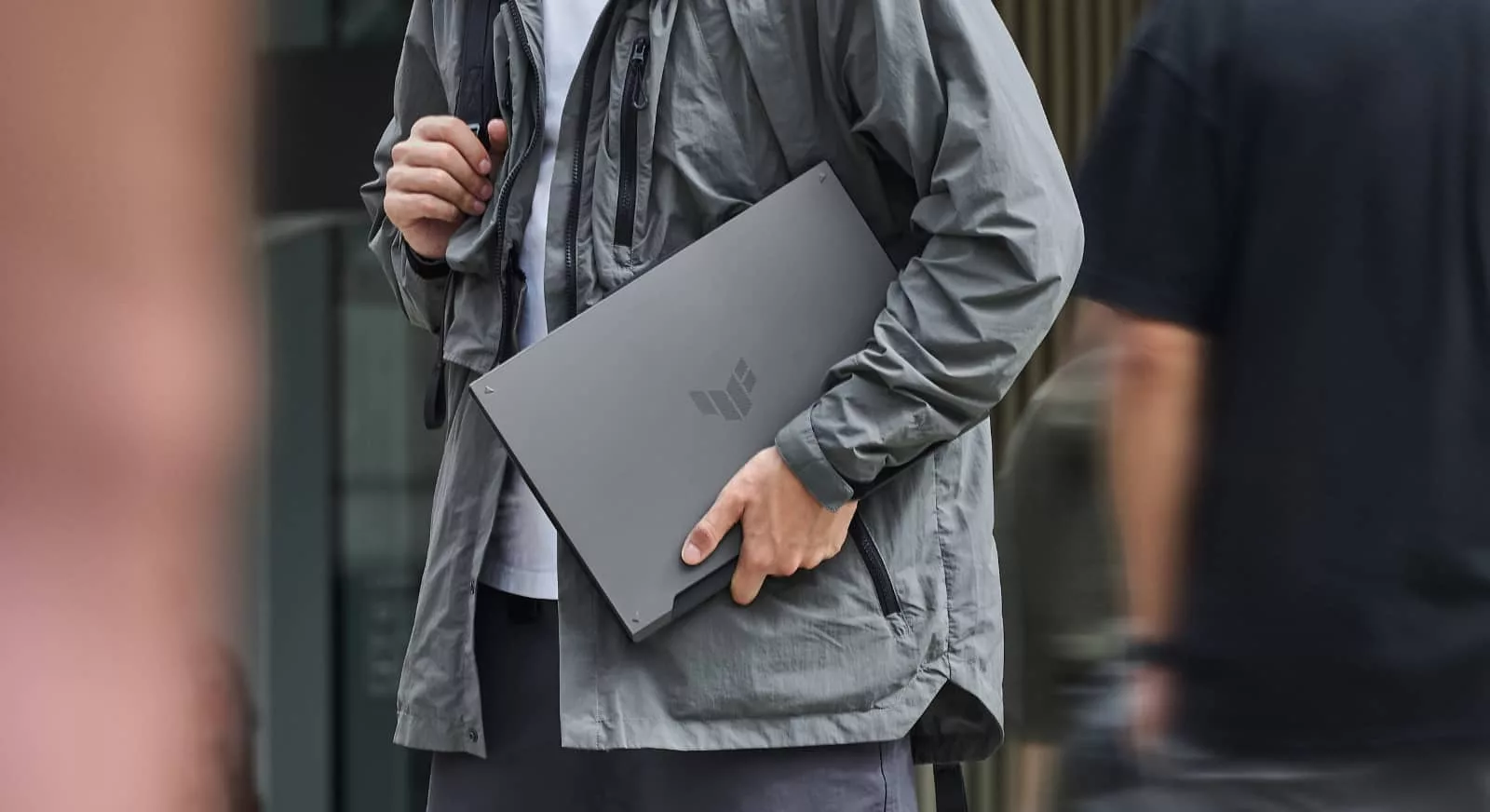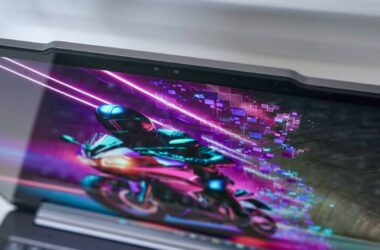More computing power is on the way, as Asus taps AMD to help out with AI-powered portable PCs in 2024.
That buzzword is back for another week, and indeed another year: AI. You can’t escape it, with an AI-related story seemingly every week.
One of the big uses for that buzzword this year involves AI PCs, specifically as Intel and AMD release chips that incorporate artificial intelligence built directly on them. There was a flurry of activity from the likes of Intel before the end of last year, while AMD had some before that, and now we’re seeing a little bit more.
Asus is tapping AMD for several of its new systems, delivering creator-focused laptops in 13 and 16 inch ProArt computers, gaming variants in the TUF Gaming 14 and 16 inch laptops, an education focused Vivobook S, and a thin and light variant in the Zenbook S.
All of these arrive with an entrant form the AMD Ryzen AI 300, specifically the Ryzen 9 HX 370, one of AMD’s latest models sporting on-board AI, as well as a combination of CPU and GPU thanks to the built-in Radeon 890M graphics.
While that could be enough for some software, some of what Asus is releasing will see a more hefty graphics processor in the form of the Nvidia GeForce RTX 4070, such as what’s in the 16 inch Asus ProArt models.

For the 16 inch ProArt P16 variant, Asus is focused on the creator, delivering a fast processor and graphical prowess in a laptop built to be 14.9mm thick and weighing under 2kg (1.85 to be exact). A smaller 13 inch ProArt PX13 will also be offered, weighing just 1.38kg and matching the combination of AMD chip and Nvidia graphics, but made for a smaller footprint.
Going smaller again, models that forgo the Nvidia graphics will see a weight from 1.3kg, something the Asus Vivobook S 14 achieves. More of an every day laptop, this one will see an all-metal chassis and that AMD Ryzen 300 chip, but built to be small and light (though there is a 16 inch model that will weigh more).
Asus notes that not every computer will necessary be slim and light: the gaming variants in the TUF Gaming and ROG Zephyrus G16 will deliver a little more power, with the 14 inch TUF A14 hitting 1.46kg, the ROG Zephyrus G16 sitting at 1.85kg, and the 16 inch TUF A16 at 2.2kg. It’s a little bigger than the Zephyrus G14 we just checked out, armed with a bigger screen and a little more grunt.

Meanwhile, the thin and light model, the Zenbook S 16 (above), will keep things slim and light, matching a thickness of 11mm (1.1cm) and a weight of 1.5kg, while still being durable thanks to a combination of ceramic and aluminium, a material Asus calls “ceraluminum”. We’re not sure spell check will forgive us for that word, but it should provide durability all the same, as well as a decent processor, up to 22 hours of battery life, and a 3K 16 inch OLED panel.
All models in this line-up will support on-device AI, though what you end up using that feature before beyond Microsoft CoPilot+ remains to be seen.
“Our focus is on supporting Australians in their AI journey, whether they’re just discovering AI or are already regularly using it,” said Bradley Howe, Head of Consumer for Asus Australia.
“The rise of AI-enabled apps and the integration of AI capabilities highlight the need for high-performance machines to deliver better quality experiences,” he said.
Locally the range will start from $1999, with the Vivobook S16 starting there, while the Vivobook S14 will cost $2699, and the Zenbook S 16 for $3499. The gaming options will cost a little more, starting at $2599, and the content-creator models in the ProArt look set to start from $3599, with many of these arriving in Australian stores now through to October.






